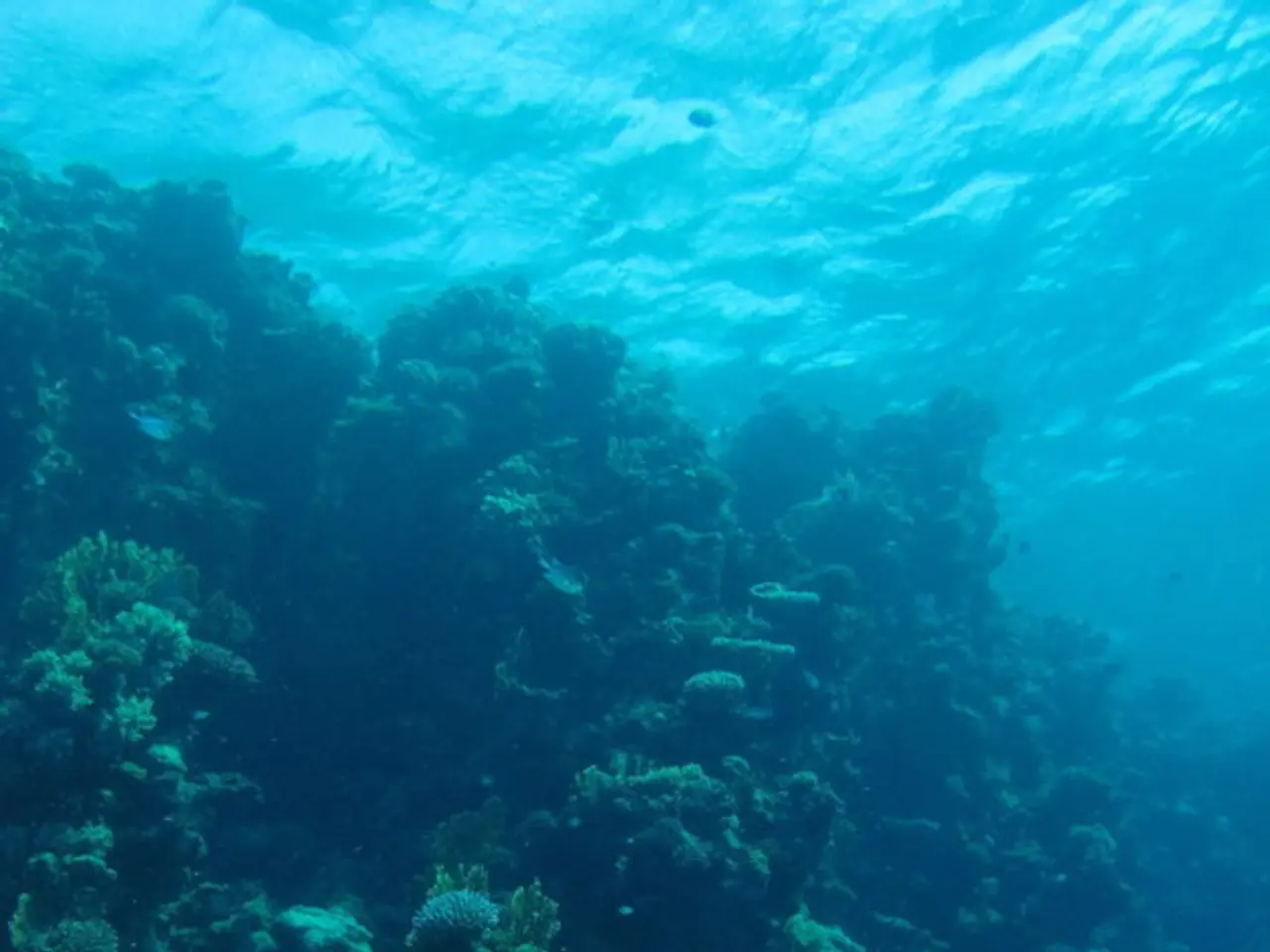Environmental emergency: the widely prevalent life form facing significantly increased risk of substantial reduction
In the vast expanse of the world's oceans, a tiny cyanobacterium named Prochlorococcus plays a crucial role. This microscopic organism, smaller than a red blood cell, is the smallest and most common photosynthetic life form on Earth, thriving in the upper layers of the oceans and accounting for almost half of the phytoplankton biomass in nutrient-poor tropical and subtropical waters.
However, new research published in the journal "Nature Microbiology" suggests that this tiny powerhouse may struggle to adapt to the rapid warming of our oceans. Hundreds of thousands of Prochlorococcus cells can occur in a single drop of water, yet its small genome, streamlined to minimize resource requirements, could limit its ability to adapt to the rising temperatures.
The study indicates that under moderate and high warming scenarios, up to half of Prochlorococcus's population could disappear in tropical oceans by the year 2100. Regional sea surface temperatures could exceed 28 degrees by the end of the century under both scenarios. This decline could trigger chain reactions in marine food webs, according to researchers.
The division rate of Prochlorococcus cells increases up to a water temperature of about 28 degrees, but drops sharply after that. This means that as temperatures rise, the organism's ability to reproduce and maintain its population could be significantly impacted.
The study's findings are limited as measurements have been taken in only a few spatially restricted marine areas. Additionally, less common heat-tolerant variants of Prochlorococcus have not been adequately captured by the method, and the possibility of re-colonization from deeper, cooler layers after a heatwave and the die-off of a large part of Prochlorococcus populations is not considered.
Despite these challenges, other organisms may benefit from Prochlorococcus's decline. The tiny cyanobacterium Synechococcus, also studied by the team, could potentially fill the ecological gap left by Prochlorococcus at higher water temperatures.
Prochlorococcus is an extremely important oxygen producer, estimated to produce about one-fifth of the oxygen in Earth's atmosphere. Its decline could have far-reaching consequences for our planet's climate and ecosystems.
The study serves as a reminder of the complex interplay between climate change and marine life, and the urgent need for further research to understand and mitigate these impacts. As temperatures continue to rise, the future of Prochlorococcus and the ecosystems it supports hangs in the balance.
Read also:
- Understanding Hemorrhagic Gastroenteritis: Key Facts
- Stopping Osteoporosis Treatment: Timeline Considerations
- Tobacco industry's suggested changes on a legislative modification are disregarded by health journalists
- Expanded Community Health Involvement by CK Birla Hospitals, Jaipur, Maintained Through Consistent Outreach Programs Across Rajasthan








